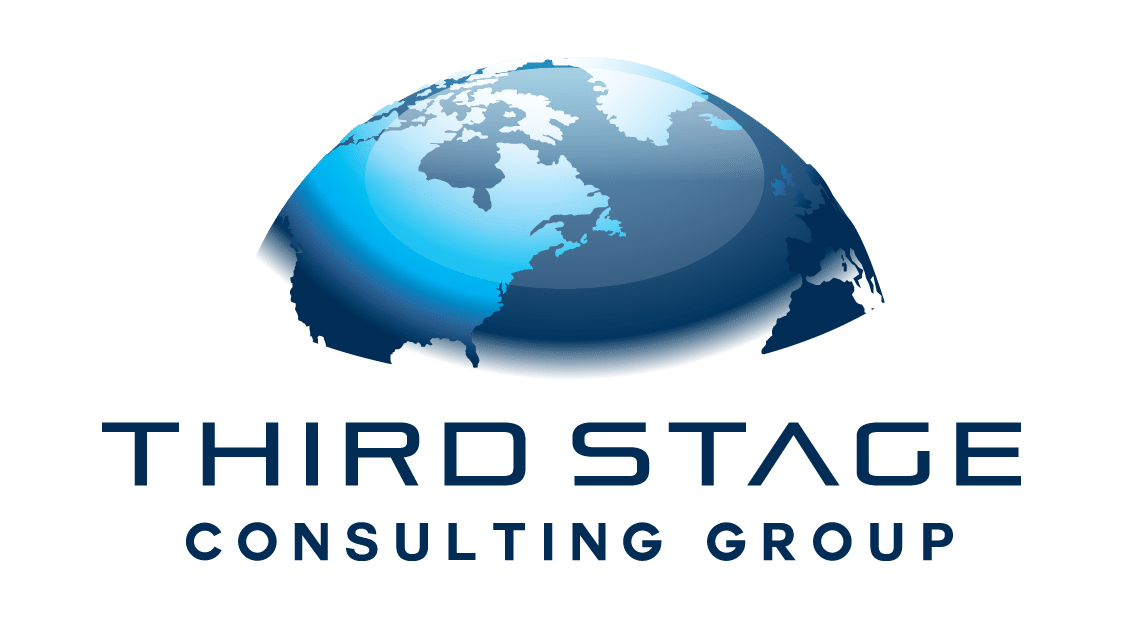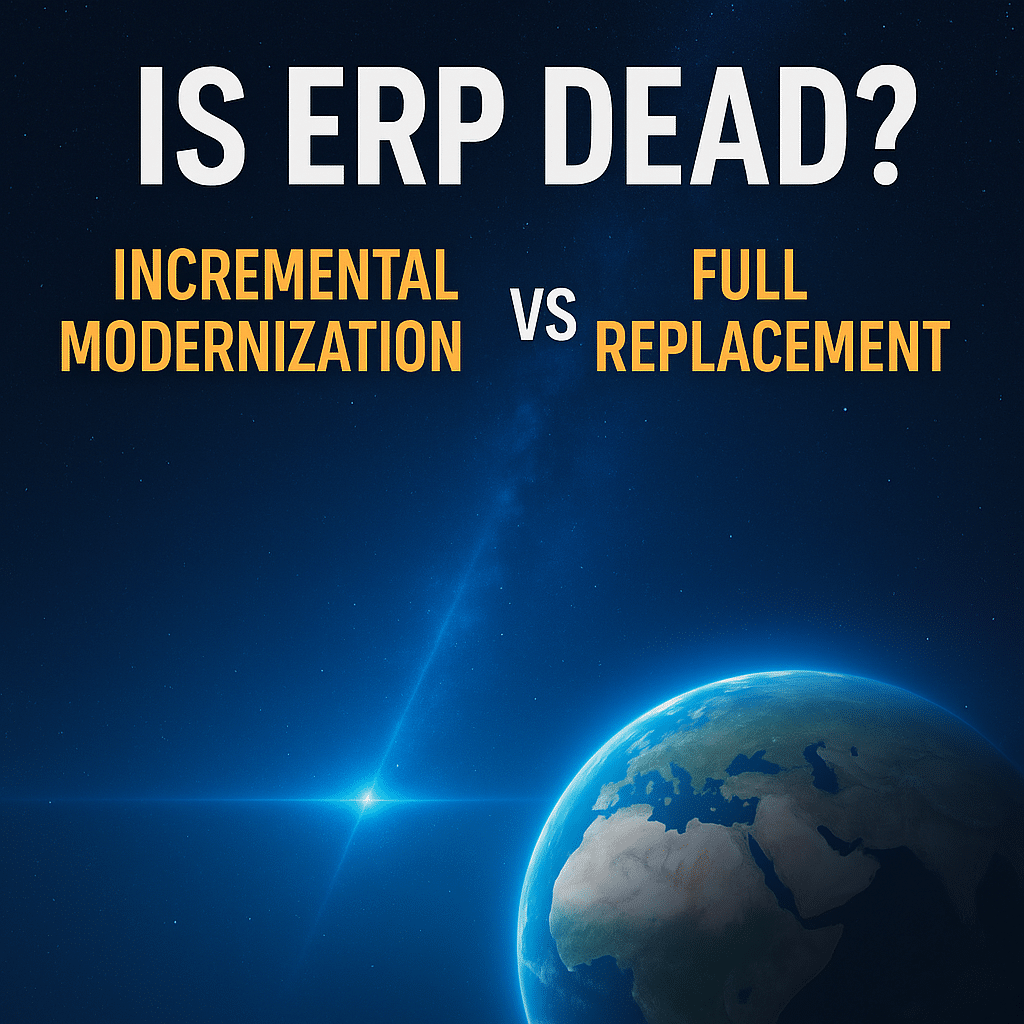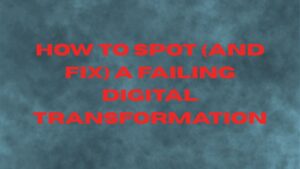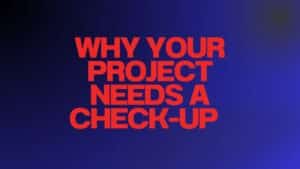Most companies today are running ERP systems that are 10–20 years old. These systems aren’t always broken — but they aren’t delivering the full technological value modern businesses need either.
For years, the default response has been: rip and replace. Spend tens of millions of dollars on a new cloud ERP and get on the latest platform. But increasingly, organizations are asking a different question: what if we keep our legacy ERP in place, and layer new technology on top of it?
This “platform-on-top” strategy — using AI, interoperability hubs, and data platforms like Palantir, Snowflake, or Databricks — is gaining traction as a pragmatic alternative to the ERP big bang.
Table of Contents
ToggleWhy Organizations Are Flipping the Script
- Immediate Value Without Massive Cost
Instead of waiting three to five years (and burning millions) for an ERP replacement to stabilize, companies can leverage modern layers to:- Unlock advanced analytics.
- Automate decision-making.
- Improve interoperability across siloed systems.
- Higher ROI Through Lower Risk
Yes, incremental modernization might not deliver the sweeping change of a full ERP overhaul. But lower cost and risk can actually mean higher ROI, especially in the short to medium term. - Buying Time
Interoperability tools can buy three, five, or even more years of breathing room before a full ERP replacement becomes necessary. By then, the organization may be in a stronger financial or operational position to take it on.
When Incremental Modernization Works — and When It Doesn’t
- ✅ It works if your system is semi-modern (10–20 years old), your data is in good shape, and you have a clear strategy for interoperability.
- ❌ It doesn’t work if you’re running obsolete mainframes (think AS/400 or green-screen systems from the 80s and 90s). Those systems will eventually collapse under technical debt — and skilled people to support them are literally disappearing.
The middle ground is where most companies live: legacy systems that are dated but stable. For these, adding modern interoperability or AI layers can be a powerful lifeline.
Why Vendors Push “Rip and Replace”
Analysts and vendors often push cloud ERP upgrades, framing legacy systems as outdated liabilities. But let’s be clear: much of this narrative is driven by vendor sponsorship and biased reports.
That doesn’t mean the advice is worthless — but transformation leaders should look at the real cost/benefit for their organization. Sometimes the smartest play is not the flashiest one.
The Dark Side of ERP (From an ERP Veteran)
After 25 years in the ERP space, here’s what I dislike about ERP:
- Over-complexity: Monolithic systems often force companies into rigid processes.
- Vendor lock-in: Cloud models give vendors more leverage than customers.
- Slow ROI: Big-bang projects can take years to deliver value, if at all.
None of this means ERP is obsolete. But leaders need to go in clear-eyed, understanding the trade-offs.
Lessons for Transformation Leaders
- Don’t buy hype. “Latest and greatest” doesn’t always mean best for your business.
- Start with ROI. Incremental modernization can deliver higher returns by reducing cost and risk.
- Get your data right. Good data makes interoperability layers viable. Bad data sinks any strategy.
- Know when to replace. If your system is truly obsolete, at some point you’ll have to rip and replace. But don’t rush it without a business case.
Learn More
If you’re weighing your ERP strategy — whether to modernize incrementally or plan a replacement — explore our Digital Transformation Report for case studies, independent vendor reviews, and practical guidance.
And don’t forget to join us at:
Stratosphere 2025
🗓 August 25–27, 2025 | Denver, CO (In-person & virtual)
A vendor-neutral, expert-led conference on digital transformation strategies.
Details & registration: thirdstage-consulting.com/stratosphere-2025
The Executive Mastermind
An exclusive peer network of transformation leaders collaborating on strategy and innovation.
Learn more: thirdstage-consulting.com/the-executive-mastermind






